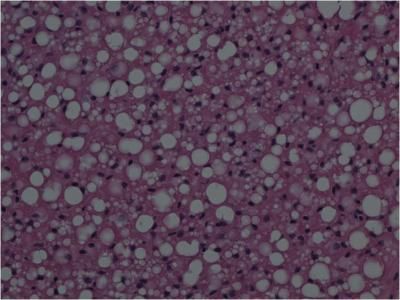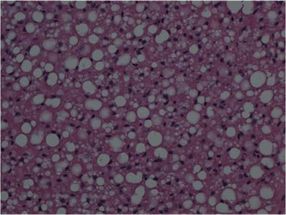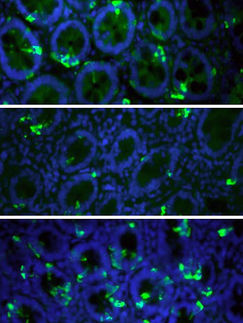Heart hormone helps shape fat metabolism
Sanford-Burnham study shows that the pathway to losing fat is heavily influenced by a hormone produced in the heart
Advertisement
It's well known that exercising reduces body weight because it draws on fat stores that muscle can burn as fuel. But a new study at Sanford-Burnham Medical Research Institute (Sanford-Burnham) suggests that the heart also plays a role in breaking down fat. In their study, published in the Journal of Clinical Investigation, Sheila Collins, Ph.D. and colleagues detail how hormones released by the heart stimulate fat cell metabolism. These hormones turn on a molecular mechanism similar to what's activated when the body is exposed to cold and burns fat to generate heat. This study adds another dimension to our understanding of how the body regulates fat tissue and may someday lead to new ways to manipulate the process with drugs to reduce weight in obese patients or maintain it in individuals who experience pathological weight loss during chronic heart failure.

Calorie-burning brown fat (shown here) gets a boost from natriuretic peptides produced by the heart.
Collins lab, Sanford-Burnham Medical Research Institute

Sheila Collins, Ph.D., is a professor in the Diabetes and Obesity Research Center at Sanford-Burnham's Lake Nona campus in Orlando.
Sanford-Burnham Medical Research Institute


"Exercise is always going to raise your blood pressure some, so there's the potential that these heart hormones—called cardiac natriuretic peptides—are being released and contributing to the breakdown of fats," said Collins, professor in the Diabetes and Obesity Research Center at Sanford-Burnham's Lake Nona campus in Orlando and senior author of the study. "Over a period of time, natriuretic peptides could also be leading to an increase in the numbers of brown fat cells, which we know are very important for protection against diet-induced obesity, at least in laboratory experiments."
Brown fat cells, unlike white fat cells typically associated with body fat, not only store fat but also readily convert calories into energy—a process that malfunctions in obesity.
In their study, Collins and her team found that the metabolic effects caused by natriuretic peptides depend largely on the ratio of two different kinds of receptors—message-receiving proteins—on the surface of fat cells. One, called NPRA, is a "signaling" receptor and its presence helps boost brown fat cells and burn white fat. The other, called NPRC, is a "clearance" receptor and seems to prevent natriuretic peptides from activating NPRA, resulting in a greater accumulation of white fat cells.
When exposed to cold in this study, mice had elevated amounts of natriuretic peptides in their circulatory system. They also showed increased levels of the NPRA signaling receptor, relative to the NPRC clearance receptor, on fat cells. As a result, fatty acids were mobilized and the calorie-burning brown fat machinery was turned on in these mice. Exactly what alters the levels of the different types of receptors is still unknown.
"In the next phases of our work, we hope to not only more tightly link the physiology and genetics, but also understand how these receptors are regulated," Collins said.

























































